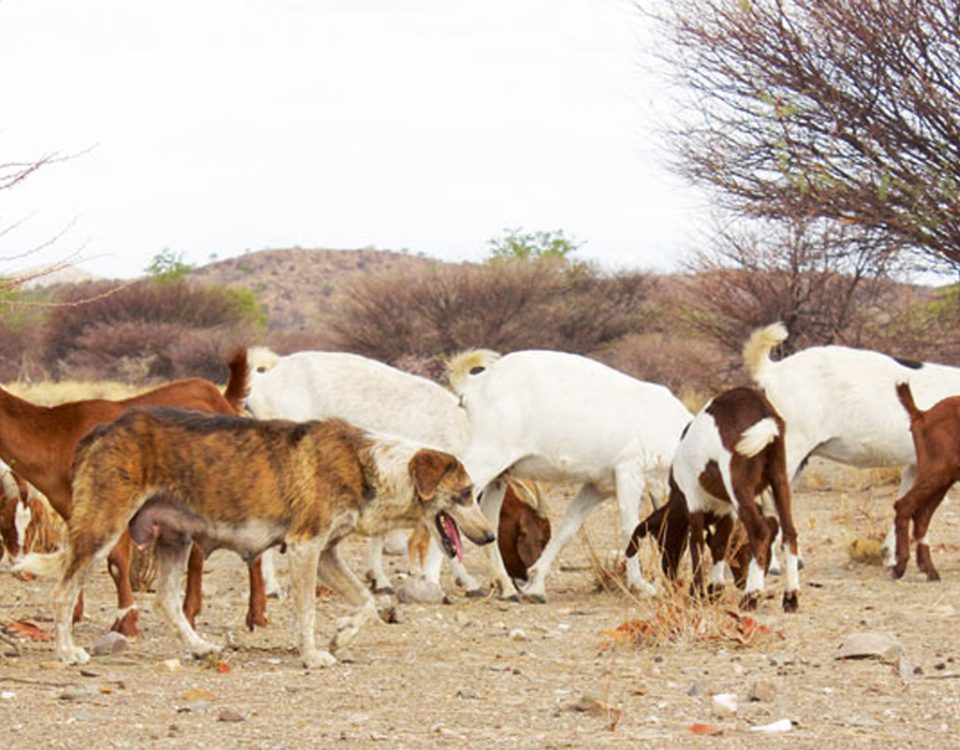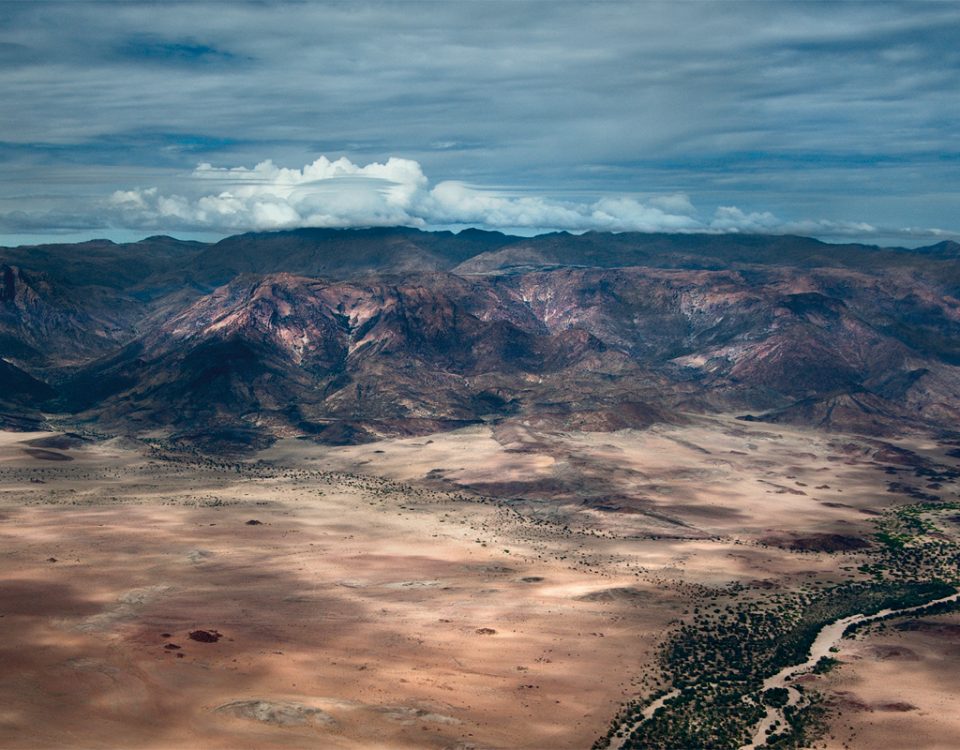March 1, 2017
In light of recent incidents of human-wildlife conflict in the country the organisation Elephant Human Relations Aid (EHRA) has shared some tips for those that will be visiting the Ugab River area, that live in the area or that may encounter the desert elephants.


















